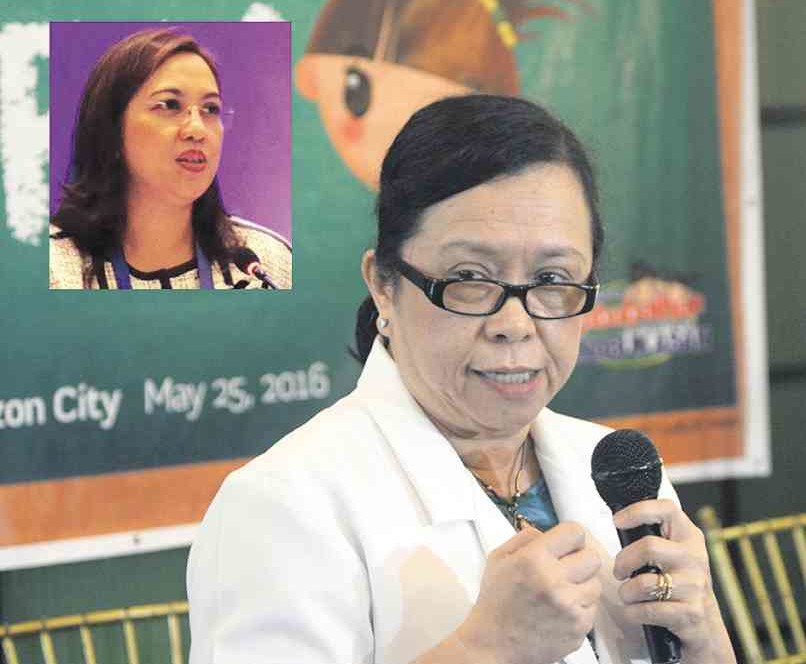Protecting our daughters against cervical cancer

LLAVE during the “Sa Aking Paglaki… Walang HPV” Cervical Cancer Awareness Month press conference held in Quezon City
Twelve Filipino women die every day as a result of confusion and fear over cervical cancer vaccine as well as cervical screening test.
In most cases, these women as well as their families fail to link human papillomavirus (HPV) to the development of cervical cancer or that getting an annual cervical screening—also called Pap smear test—could save lives as this simple procedure could find early problems that could lead to cervical cancer over time.
With 6,000 new cases diagnosed every year, cervical cancer is one of the leading causes of death among Filipino women, next only to breast cancer.
Indeed, when it comes to understanding the purpose of government-led administration of quadrivalent HPV recombinant vaccine among female schoolchildren aged 9 and 10, many got this wrong as the campaign has been met with opposition, citing issues including administering such may just be encouraging early sexual activity.
During a recent multisectoral panel held in observance of Cervical Cancer Awareness Month, Dr. Cecilia Llave, immediate past president of the Society of Gynecologic Oncology of the Philippines and of the Philippine Society for Cervical Pathology and Colposcopy, said: “As we parents look out for our children’s welfare, we need to understand that arming them with vaccination against HPV is actually the best for them. Sexual activity is almost inevitable. It may be an unsettling prospect but it is the truth and it is reality. We need to look beyond the thought of our children engaging in sex and becoming sexually mature.”
Enough time
Giving the vaccine this early, according to the Department of Health (DOH)and the US Centers for Disease Control and Prevention, allows young girls enough time to develop protection long before their age of sexual contact when they can be exposed to HPV infection.
She explained that aside from Hepatitis A and B, the HPV is among the most prevalent sexually transmitted infection. Virtually, all cases of cervical cancer are caused by HPV with the strains 18 and 16, responsible for about 70 percent of all cases.
The prophylactic vaccine (meaning, it is designed to prevent HPV infections) targets these two most dangerous strains as well as HPV 6 and 11, which cause anogenital warts.
Llave said it takes 15 to 20 years for cervical cancer to develop in women with normal immune systems or five to 10 years in women with weakened immune systems, such as those with untreated HIV infection. “The problem is, symptoms of cervical cancer tend to appear only after the cancer has reached an advanced stage, when treatment is already difficult as well as expensive.”
More tragic
According to Health Secretary Janette Garin, there is nothing more tragic than suffering from a disease that is preventable through vaccination, adding that “vaccination is a modern health-care solution that brings benefits so we should all take advantage of it as much as possible.”
Garin reminded that 726,000 young girls nationwide are expected to be given the vaccine after the government recently expanded the HPV immunization drive to 47 provinces.
“The DOH allocated P795 million for this year’s ‘Laban Para sa Kababaihan, Proteksyon sa Kinabukasan’ program, which is already ongoing and being implemented with the help of local government units,” the doctor reported.
Each dose, to be administered twice in six-month intervals, costs P600 for the government.
Garin also said that during the past years, the DOH has already vaccinated a total of 272,805 Grade 4 girls from 20 poorest areas.














